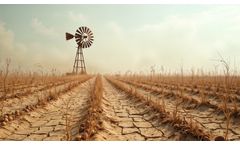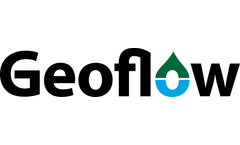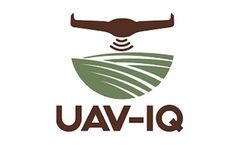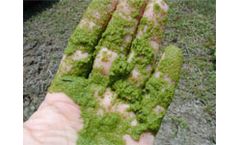Sprinkler Irrigation Technology Articles & Analysis
12 articles found
The irrigation process in agriculture, landscaping, and water management is crucial in its work with climate change-altered efficiency and sustainability. When the global temperature increases, so does the irregular supply of water, which directly affects irrigation systems across different parts of the globe. We pick from here and discuss further how climate change impacts irrigation and the ...
However, the use of the subsurface drip method to irrigate turfgrass has only begun to be explored. This paper focuses on the experiences gained at California State University, Fresno (CSUF) in adopting subsurface drip irrigation (SDI) technology to large turf areas as compared to more conventional sprinkler systems on the ...
Furthermore, when primary options for effluent dispersal preclude ocean discharge, injection wells, or other dispersal methods, then irrigation as a primary dispersal component becomes very attractive. Using reclaimed water for irrigation requires closer examination of current irrigation design practices and current irrigation ...
However, the use of the subsurface drip method to irrigate turfgrass has only begun to be explored. This paper focuses on the experiences gained at California State University, Fresno (CSUF) in adopting subsurface drip irrigation (SDI) technology to large turf areas as compared to more conventional sprinkler systems on the ...
As a result, the concept of subsurface drip irrigation has moved into the forefront as a viable alternative irrigation technology. ...
” To industry outsiders, Greg’s GIS background may appear to make him unusually technologically adoptive, but he is eager to counter misconceptions about farmworkers willingness to accept new technologies. “I’ve realized the misconception of the field crew’s ability to accept technologies. Most of them want to keep ...
Irrigation techniques and technology based on principle of regular accumulation of moisture in active layer (surface irrigation, regular sprinkler irrigation) are most common in science and in practice. ...
While the prevailing rationale for new irrigation technology adoption is improved water use efficiency, this study evaluated trade-offs between water savings, greenhouse gas (GHG) emissions and economic gain associated with the conversion of a furrow irrigation system to a sprinkler irrigation (lateral-move) ...
The major pathways for transport of pyrethroids were determined in runoff studies conducted at a full scale test facility in central California. The six replicate house lots were typical of front lawns and house fronts of California residential developments and consisted of stucco walls, garage doors, driveways, and residential lawn irrigation sprinkler systems. Each of the six lots also ...
On a global scale, irrigated agriculture consumes about 72% of available freshwater resources. Deficit irrigation can be applied in the field to save irrigation water and still lead to acceptable crop production. The AquaCrop model is a simulation model for management of irrigation and nitrogen fertilizer. This model is a new model that is accurate, robust and requires fewer data inputs ...
Algae growth in irrigation water can cause a serious problem. Algae in irrigation tanks can clog the entire irrigation system, such as the pumps, filters, drip-installation and sprinkler nozzles. ...
Nighttime sprinkler irrigation usually results in lower wind drift and evaporation losses (WDELs) and better irrigation uniformity compared with daytime irrigation. However, daytime sprinkler irrigation modifies the microclimatic conditions within the crop canopy which could result in improved crop growth. We studied the effect of daytime and nighttime irrigation on the growth and yield of maize ...









